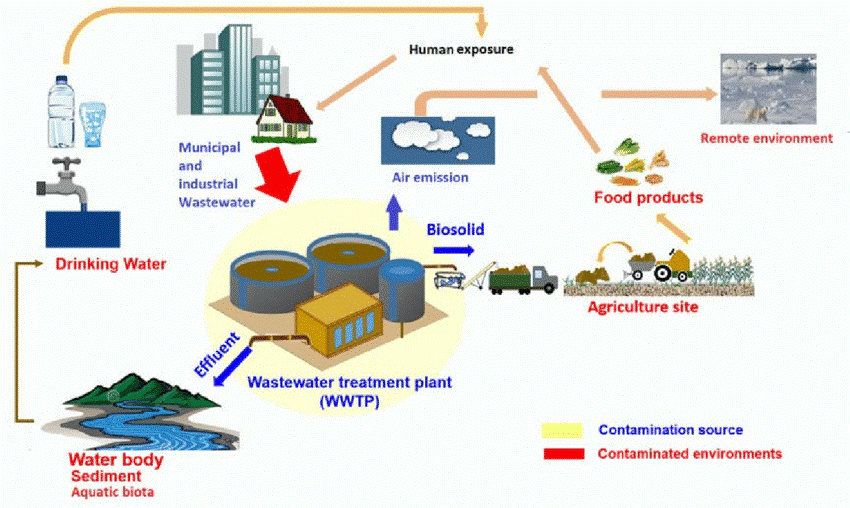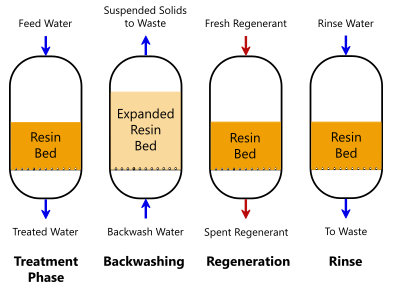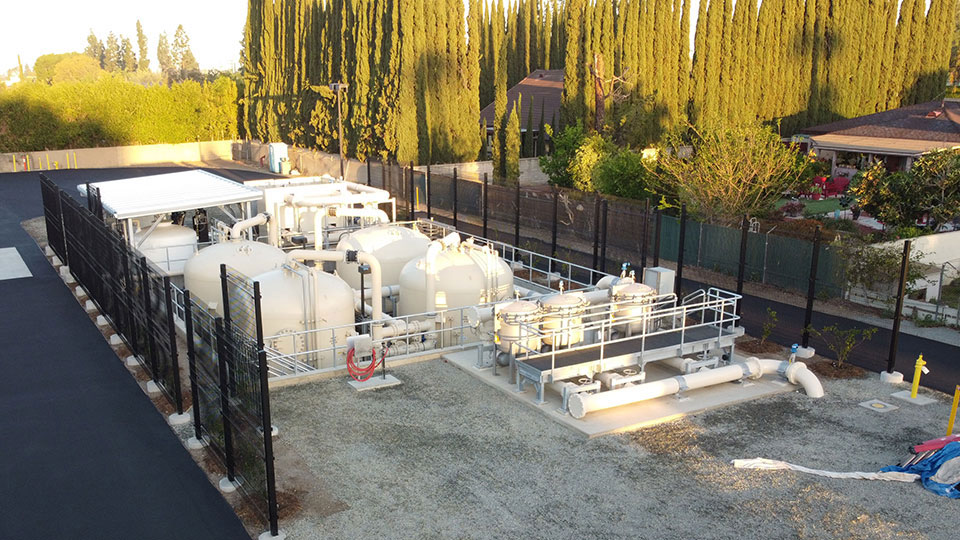Exactly How PFAS Treatment Guarantees Clean and Lasting Water
The visibility of PFAS, generally understood as "for life chemicals," poses considerable difficulties to water quality and public health. The effects of these treatments expand past instant wellness benefits; they raise important questions about long-lasting water administration strategies that need to be addressed to ensure a resistant future.

Comprehending PFAS Contamination
PFAS, or per- and polyfluoroalkyl materials, have actually emerged as a significant ecological problem because of their widespread occurrence and determination in the atmosphere. These artificial chemicals have actually been utilized in various industrial applications and customer products, including non-stick kitchenware, water-proof garments, and food packaging, due to their special properties such as water and grease resistance.
The contamination of soil and water resources by PFAS happens largely through commercial discharges, firefighting foam usage, and seeping from landfills. pfas management. When released, these substances are immune to destruction, leading to their build-up in the environment. This determination increases important problems, as PFAS can travel cross countries via groundwater and surface water systems, impacting drinking water materials and environments

Health Dangers of PFAS
The determination of PFAS in the atmosphere increases considerable wellness concerns for people exposed to these compounds. Called "forever chemicals," PFAS do not break down conveniently and can accumulate in human bodies in time. Research study has actually connected PFAS exposure to numerous adverse health results, including immune system dysfunction, liver damage, and boosted threat of certain cancers cells - pfas management. Significantly, researches have revealed raised cholesterol degrees and potential effect on reproductive and developing health and wellness, particularly in expecting individuals and infants.
The universality of PFAS in customer products, such as non-stick cookware, water-repellent fabrics, and food product packaging, additional magnifies the danger of exposure. Consuming alcohol water contaminated with PFAS is a significant worry, as these chemicals can leach right into groundwater resources. Prone populaces, consisting of children and those living near industrial websites, might face heightened threats because of their developing systems and prospective for greater exposure levels.
As understanding of these health dangers remains to grow, governing companies are starting to develop guidelines for PFAS degrees in drinking water. Public health and wellness initiatives are vital to reduce direct exposure and secure neighborhoods from the lasting impacts of these dangerous materials.

Cutting-edge Treatment Technologies
How can we properly deal with the obstacles presented by PFAS contamination in water sources? Ingenious treatment technologies are becoming important options in the quest for tidy water. These techniques focus on the removal or devastation of per- and polyfluoroalkyl compounds (PFAS), which are notorious for their determination in the environment.
One promising technique is adsorption utilizing advanced materials, such as activated carbon and ion exchange materials. These materials have actually shown efficacy in catching PFAS molecules from water. Another noteworthy modern technology is membrane purification, which makes use of nanofiltration and reverse osmosis to different pollutants at the molecular level, therefore providing an obstacle versus PFAS.
In addition, progressed oxidation processes (AOPs) utilize strong oxidants to damage down PFAS compounds into harmless by-products. This method is particularly effective for treating highly polluted water sources. Bioremediation techniques, employing specific bacteria, are likewise being explored to degrade PFAS.
As study proceeds, hybrid systems that incorporate numerous innovations may use boosted performance, addressing the complexities of PFAS contamination. The growth and application of these innovative therapy technologies are important steps toward making sure the safety and security and visite site sustainability of our water resources.
Advantages of Effective PFAS Therapy
Successfully dealing with PFAS contamination in water sources dramatically enhances public health and environmental safety. PFAS, frequently referred to as his response "permanently chemicals," are immune to degradation and can accumulate in the human body, causing serious health dangers such as cancer, liver damages, and immune system disorder. By implementing efficient treatment methods, communities can decrease exposure to these dangerous compounds, ultimately enhancing the wellness results of their populaces.
Moreover, successful PFAS therapy adds to the preservation of local ecological communities. Infected water can negatively impact marine life and disrupt the delicate balance of regional habitats. By making certain tidy water, treatment processes protect biodiversity and maintain ecological integrity.
In addition, effective PFAS removal can cultivate public confidence in water quality. When communities are guaranteed that their alcohol consumption water is devoid of dangerous contaminants, it promotes a sense of safety and security and wellness. This trust is vital for community engagement and assistance for recurring water management initiatives.
Future of Water Sustainability
Amidst growing problems regarding water top quality and scarcity, the future of water sustainability depends upon ingenious strategies and joint initiatives. As communities deal with the impending dangers of pollutants like PFAS, the advancement of advanced therapy modern technologies is necessary. These innovations not just concentrate on the removal of unsafe substances however also promote the reuse and recycling of water, therefore minimizing general need.
Additionally, reliable water governance plays a critical function in guaranteeing sustainable practices. Policymakers should integrate scientific research study with regulative structures to develop clear standards for water use and therapy. Stakeholder interaction, consisting of local areas and markets, cultivates a feeling of shared obligation and encourages sustainable methods throughout numerous industries.
Investment in facilities is likewise crucial; upgrading aging systems to my sources integrate modern filtration and purification techniques can considerably enhance water top quality. In addition, accepting green technologies, such as all-natural purification systems, can offer eco-friendly remedies.
Ultimately, the future of water sustainability exists in a holistic approach that integrates innovation, plan, and community involvement. By focusing on these elements, we can secure our water sources for generations to find, making sure clean and lasting water for all.
Verdict
In final thought, the efficient therapy of PFAS is crucial for ensuring clean and sustainable water. Inevitably, durable PFAS therapy approaches contribute to long-lasting durability in water management, promoting public count on in water high quality and promoting lasting methods.